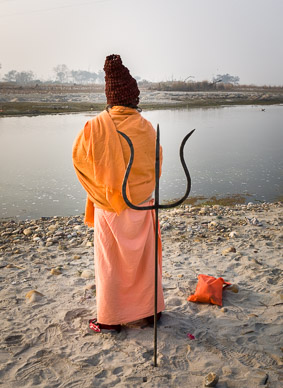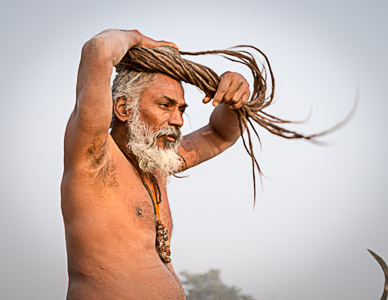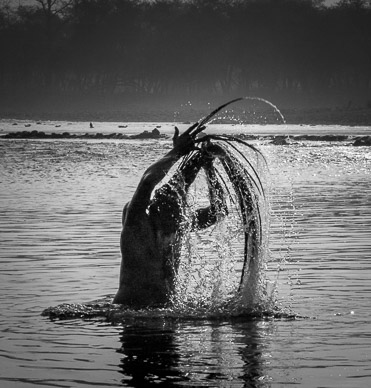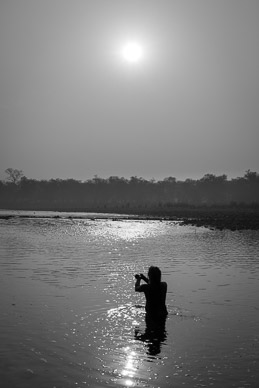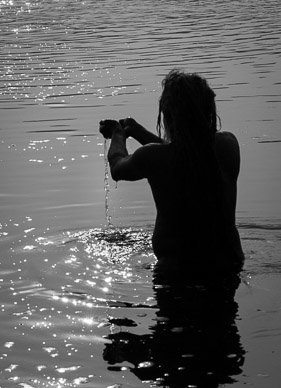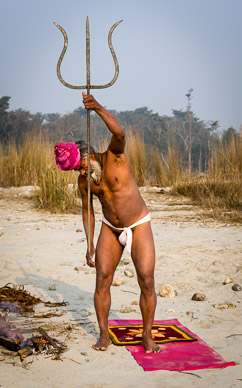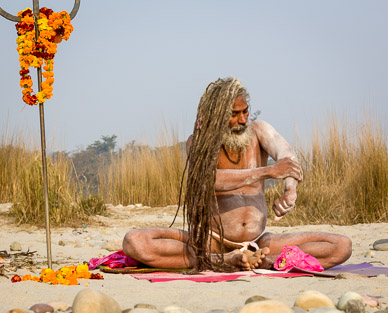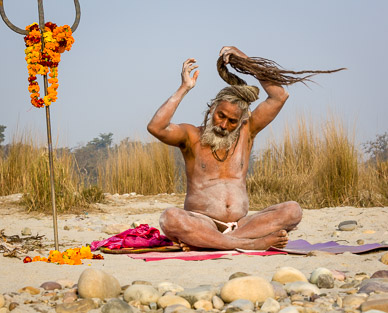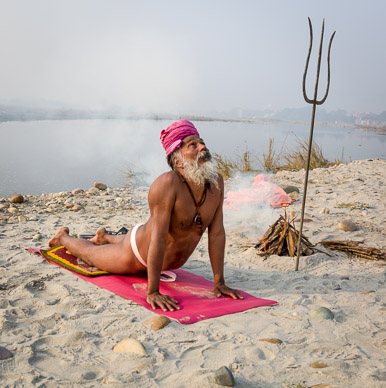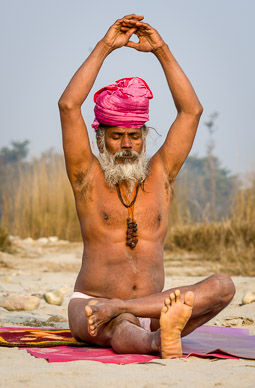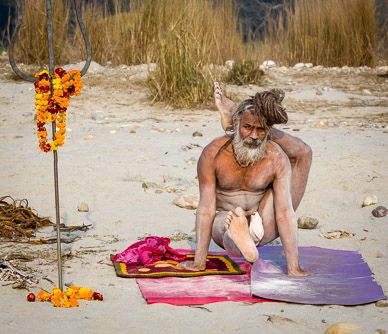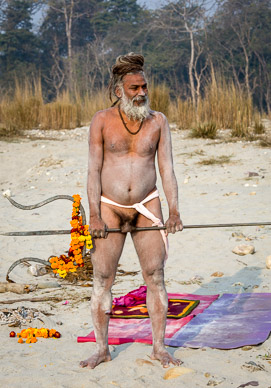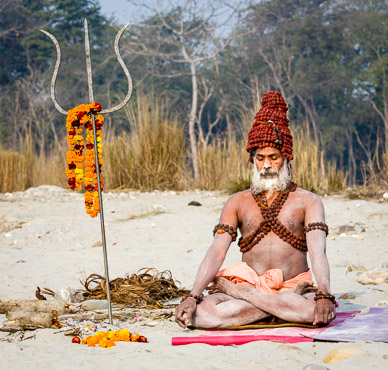Kumbh Mela Hindu Festival in Haridwar, India
Legend has it that in the mythological times, during a raging war between the demigods and demons for the possession of elixir of eternal life, a few drops of it fell onto four places that are today known as Prayag, Haridwar, Ujjain, and Nasik. It is believed that these drops gave mystical powers to these places. And it is to partake of those powers that Kumbh Mela has been celebrated in each for longer than history has been recorded. The normal Kumbh Mela rotates every 3 years among the four locations, with exact dates dictated by astrological timings. The Kumbh was celebrated in Haridwar in January-April 2016 and I was there in late January as part of a small Art Wolfe photography tour.
Devout Hindus believe that simply by bathing in a sacred river, especially on a Kumbh Mela "bathing day" (Shahi Snan), one is freed from their past sins (Karma). Thus one becomes eligible for liberation from the cycle of birth and death. Holy men (Sahdus) travel from their hermitages, and pilgrims come from all distances and walks of life, to receive the benefit of taking a bath in the river during the Kumbh. On a Shahi Snan date, millions will be camping along the river and vying for a spot in the river. We were not there on a bathing day and therefore didn't witnesses this mass of humanity. But that did allow us to fully explore Haridwar, including the many Sahdus who were camping for the entire Kumbh (or longer). One of the highpoints was traveling up the Ganges a few miles to where it exited the Himalaya through a narrow gorge.
Image Gallery – Tap to view an individual image, then swipe to advance; use the top-right controls for auto play & other options (e.g, tap the curved arrow to open sharing options):


